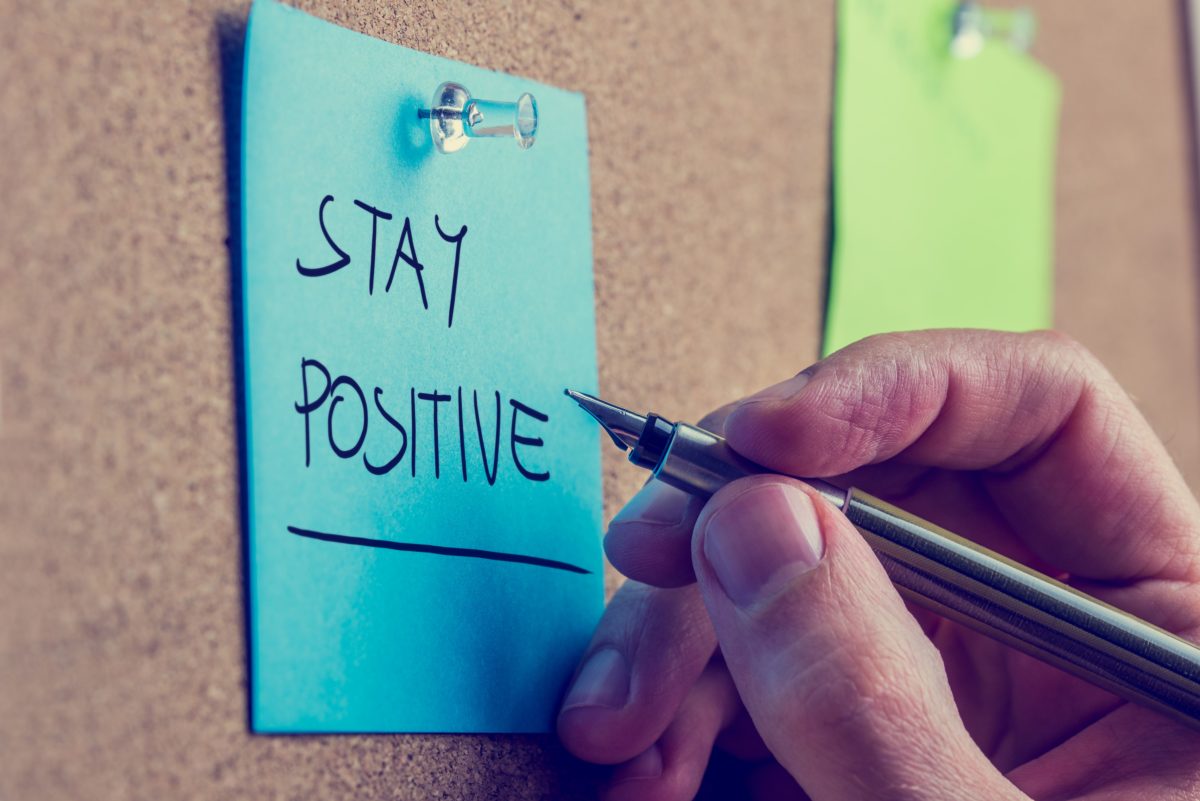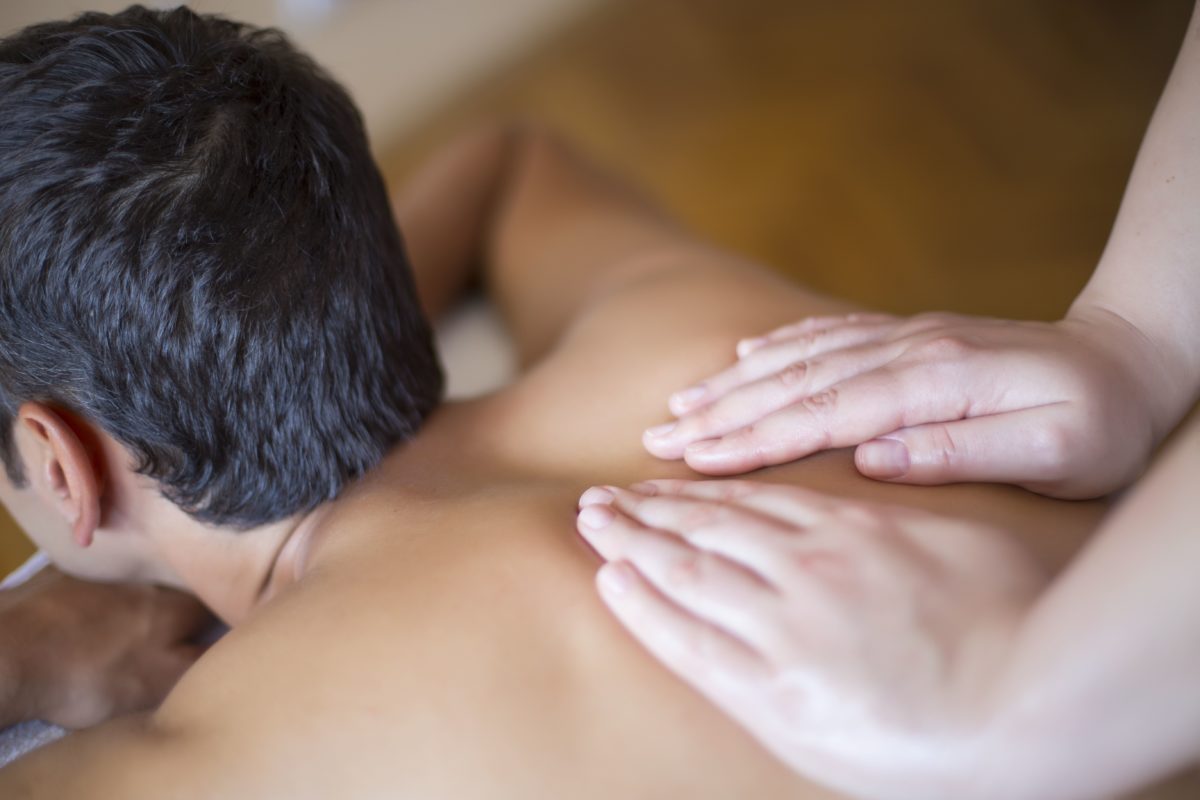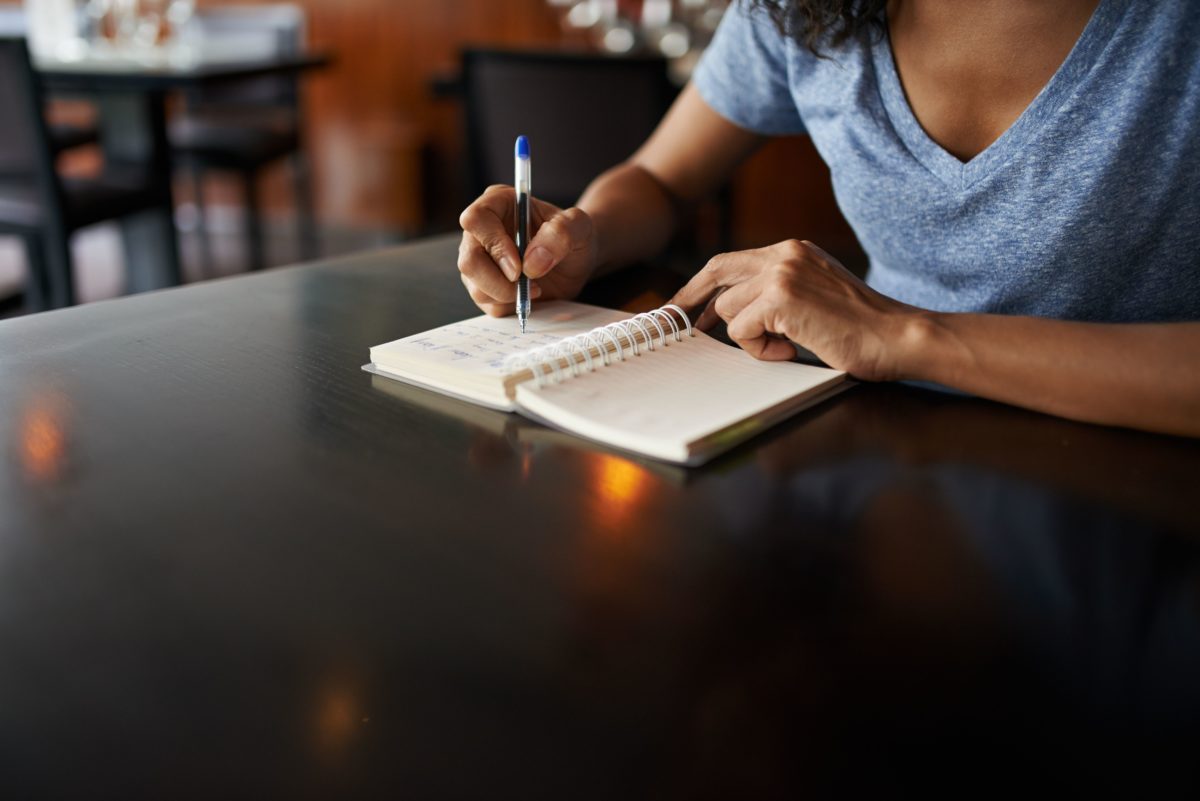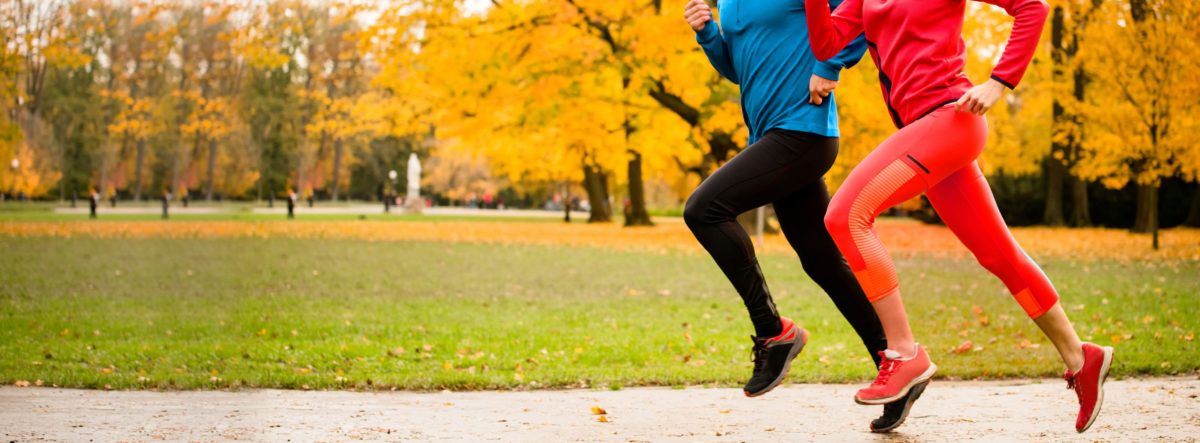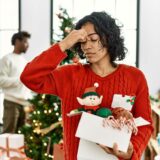And calm that inner voice
We all talk to ourselves.
From the time you wake up to the time you go to bed, that voice inside your head can influence how you feel, how you act and how you manage your pain.
This self-talk can be helpful and positive – ‘it’s a beautiful day and a gentle walk in the park will help me loosen up after sitting all day’; or negative and unhelpful – ‘everything hurts and if I go for a walk it’ll make things worse’.
Negative self-talk can affect how you see yourself, your life and your future. It’s that pessimistic, critical voice that focuses on the bad.
When you hear yourself say something negative ask yourself:
- Am I keeping things in perspective?
- What can I do to change the thing I’m feeling negative about?
Try and turn the negative around and put a positive and optimistic spin on it. It can be difficult, but it’s definitely worth the effort.
For example:
Negative – I’ve tried everything for my pain and nothing works
Positive – Mindfulness seemed to help a bit, I should give it another go and practise more often.
Tips
Stick post-it notes around you with positive, upbeat messages – e.g. ‘I look great today!’; ‘I control my pain, it doesn’t control me’; ’I enjoy exercise and it makes me feel good’.
If you wouldn’t say it to another person, don’t say it to yourself. We’re often kinder and have better perspective when we’re thinking of others.
Surround yourself with positive, happy people. If you have friends or acquaintances who are constantly negative or critical, that can affect how you feel. Talk with them about how their attitude makes you feel, or limit the time you spend with them.
Seek professional help if you’re struggling. Make an appointment to see a psychologist or counsellor. They can give you some strategies and tools to help.
By taking control of the negative voice in your head, and practising positive self-talk, you’ll feel much more upbeat, happy and feel like you can take on the world!
So grab some post-it notes, a pen, and start writing some encouraging and positive messages.

